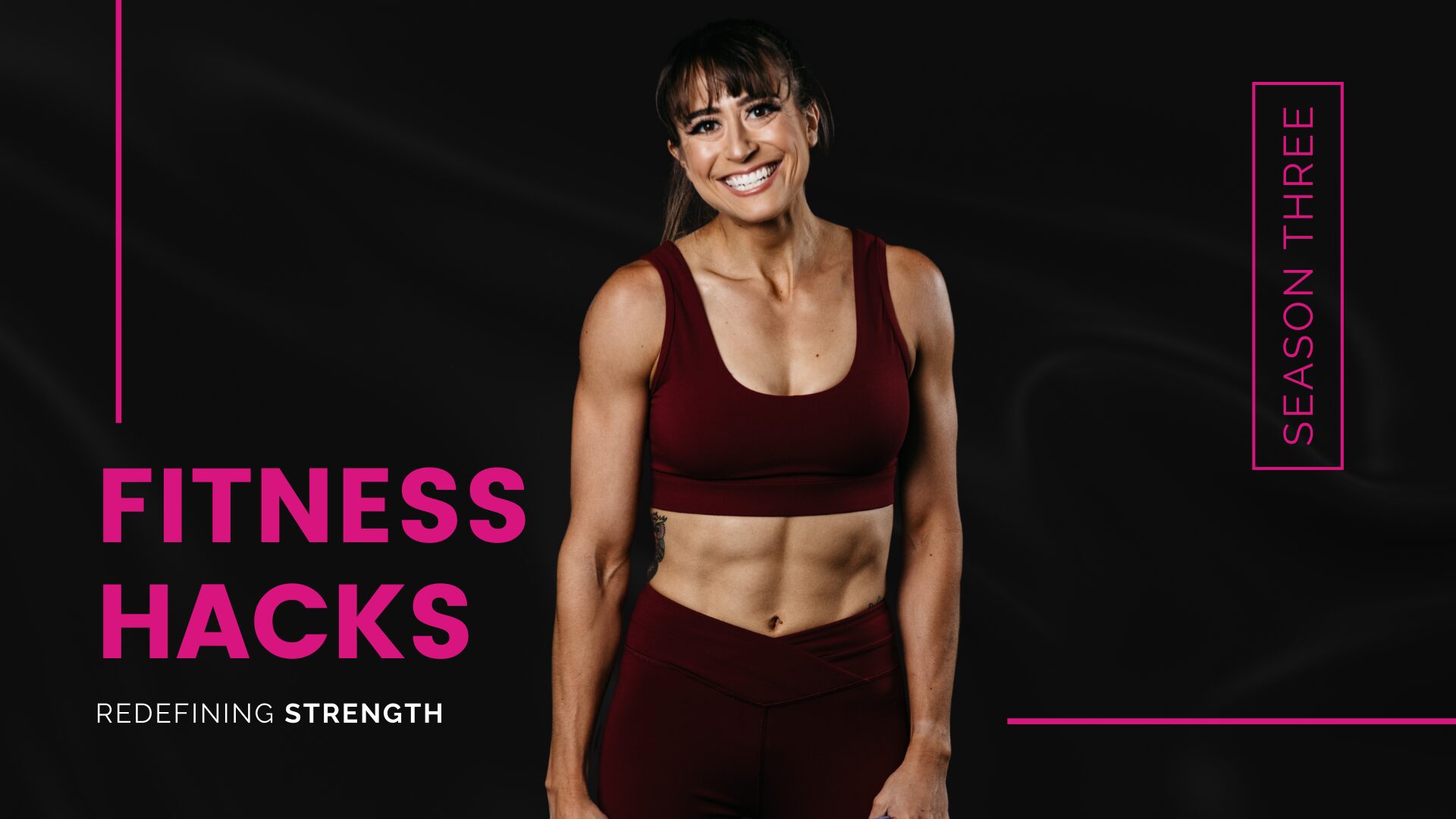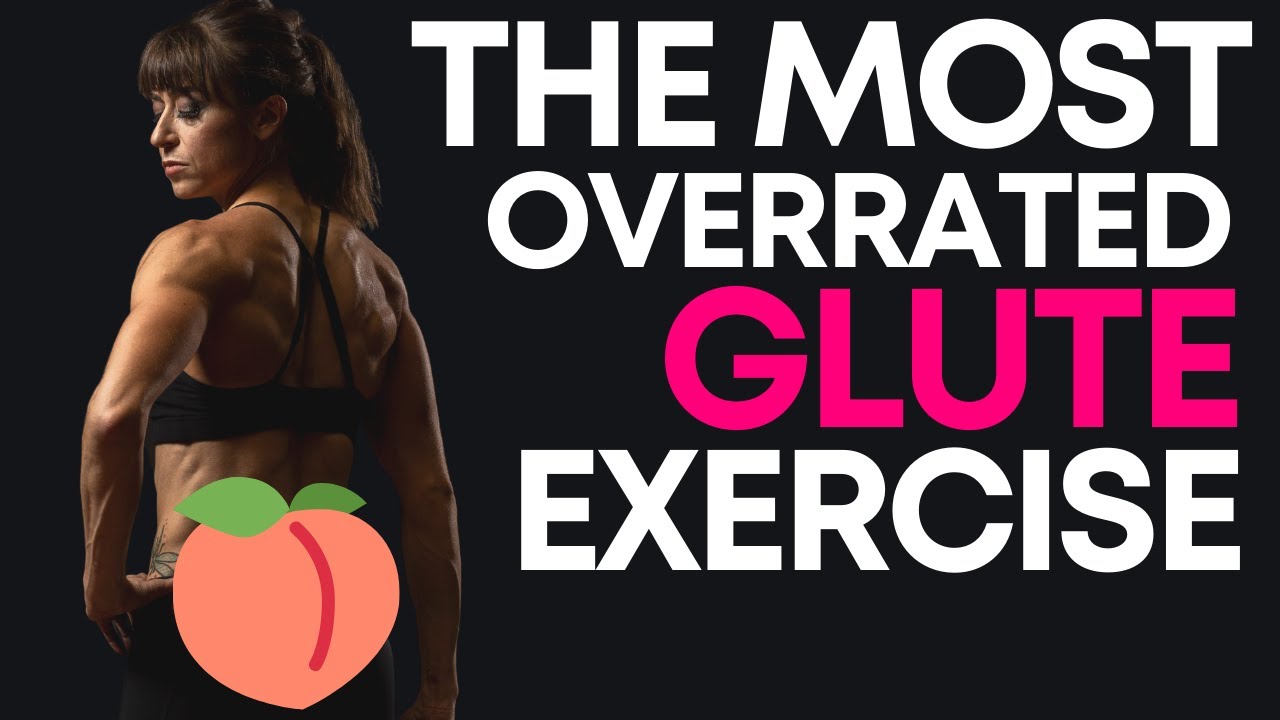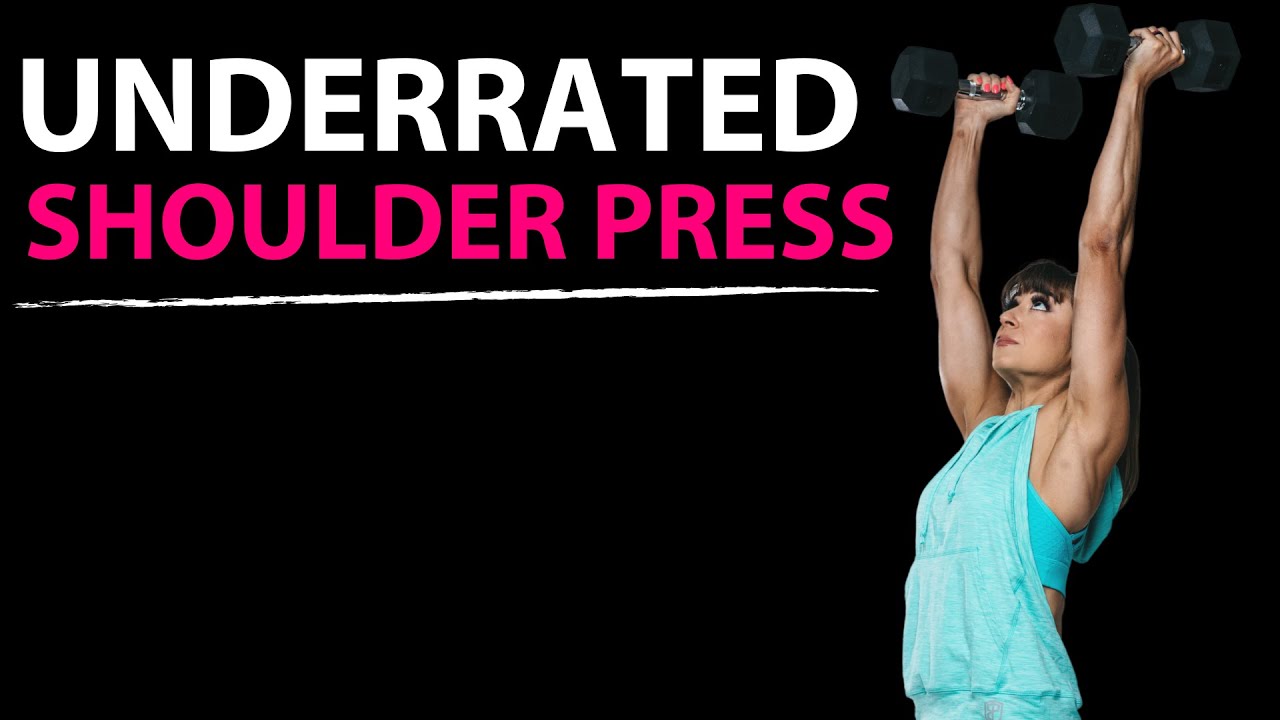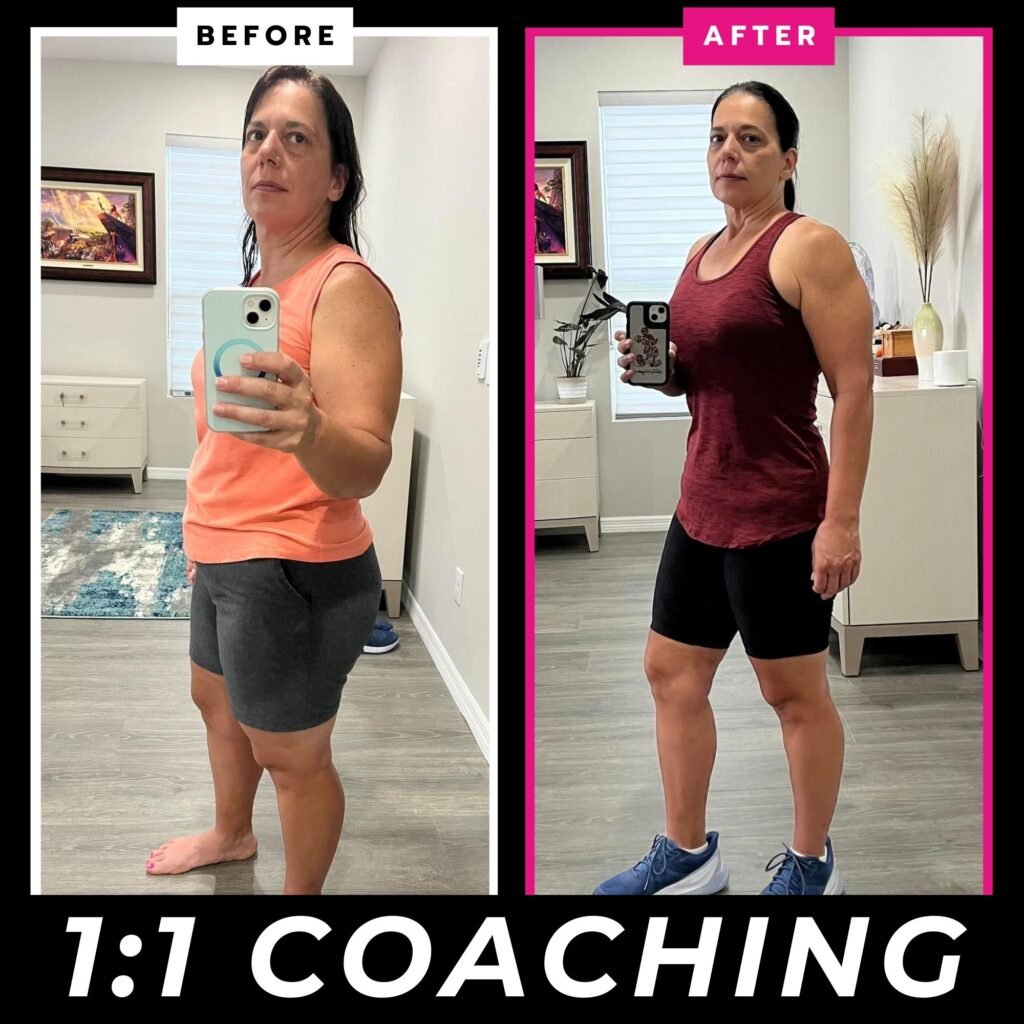
FHP 344- The Best Training Schedule In The History Of The WOrld
I often get asked what the best training schedule is. And I’m generally getting asked because we are worried we aren’t doing enough.
We definitely have the mindset of more is better.
If we aren’t spending enough time in the gym, we can’t get results.
But often this mindset is what holds us back.
We design for the “ideal” over designing for what is realistic for us.
But the real secret to results is designing for the time we have.
The BEST training schedule is the one focused on a schedule you can actually do consistently.
Because if you design with your schedule in mind, you can create an appropriate volume and use the right workout designs and moves to get results in the time you have.
You can also stay consistent. And consistency is key.
We don’t realize how much actually inconsistency can not only be a results killer but also be what leads to injury.
We aren’t doing things consistently to build up and that inconsistency makes us FEEL like we can push harder than we actually should. And then we end up with compensating and overloading areas, which leads to injury.
We need that consistency to build up and create that strong foundation.
So instead of focusing on some ideal and designing for say 6 days a week when you can only get in 3, focus on designing for 3 with even a bonus option if you have time.
That way you don’t “miss out” on something in a workout you don’t get to and you can create a volume that challenges you over the 3 days. You can make sure every area is worked and you actually do what you need to reach your goals.
If you’d designed for 6 days and only got 3, you could have missed out on something that week.
And same goes for time. If you realistically have 30 minutes. Design for that. Using different workout designs we can optimize the time we have to get results.
The more we design for the time we have, the more consistent we will be. And the MENTAL victory of that even pays off.
Because we keep wanting to train and can even want to do MORE. Versus if we feel like we’re failing because we’re not doing everything we set out to do, we can often ultimately give up on our plan.
When we feel like a failure we are less likely to keep pushing!
Set yourself up for a win and even wanting to do more ESPECIALLY as you build back.
And then don’t be afraid to adjust based on changes in your routine. Sometimes 4 workouts may be more doable. Sometimes 3 or 6. Sometimes you may have an hour, sometimes only 20 minutes.
Focus on designing based on that realistic schedule.
Here are some key things to consider when deciding on the BEST training schedule for you….
#1: What is realistic if something comes up during the week? What’s the minimum you can do?
#2: Not only how many sessions each week, but how much time realistic each training session do you have to commit?
#3: The less time you have, the more you want to consider workout designs that are efficient and make use of rest intervals. Now this doesn’t mean skipping rest, BUT it can mean cycling areas work so you get to rest one area as another works.
#4: What are your goals? Even your goals can impact the designs and layouts you use. Just starting back? 3 days a week may be better anyway to give areas more time to recover since you haven’t been training and can’t necessarily handle the volume of an experienced lifter. Or if you really want to focus on maximal strength gains, you may want to design in a way where you can have slightly longer sessions, even if only training 4 days a week. Because you NEED to include full rest to recover to be able to lift heavy each and ever set. But then still, you need to consider what is realistic. If you’re trying to achieve body recoup and have 3 days, you may do more full body and even have a slightly metabolic element to the workouts. But if you have 6, you may do hemisphere or alternate more lifting and cardio.
#5: Don’t get stuck on one BEST. Focus on your changing goals and schedule! It can be fun to even see the minimum you can do to get results during those busy times! And remember SOMETHING is better than nothing.
SUMMARY:
Just remember one size doesn’t fit all and even in our own lives, we shouldn’t be afraid to test out different schedules and splits. Always focus first on what is a realistic time frame for you – how long and how many days a week – before you then design the workouts based on that. You can truly make anything work!
And then, especially when starting out, make it attainable. And easily attainable to start. Better to build momentum and want more than to feel like you’re failing not hitting what you set out!




